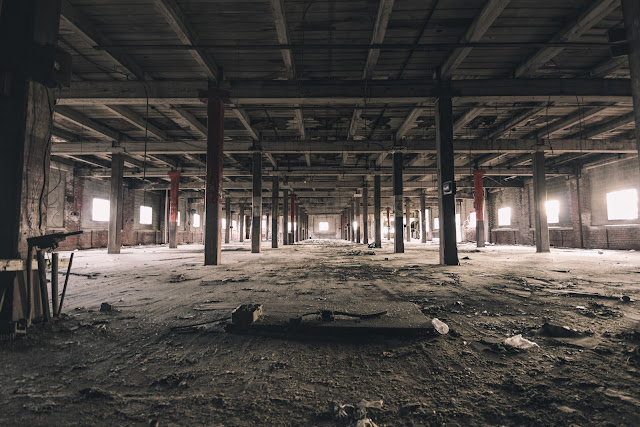Beer Bottling Works Factory

The historic Chestnut Street factory, once a bustling hub of industry in Norwich, Connecticut, has traversed a remarkable journey through time, reflecting the city's industrial revolution and its current quest for revitalization. Established in 1885 as the Beer Bottling Works, this site remained active in various capacities until its eventual demolition in 2015. Initially, the factory played a pivotal role in Norwich's burgeoning beer industry. By 1897, it had expanded its operations to include Carpet Cleaning and Beer Bottling Works, showcasing the diverse industrial activities of the era. The early 20th century saw further diversification with D.M. Wilson's Steam Carpet Cleaning & Dye Works in 1903, followed by the establishment of the Norwich Nickel & Brass Company and the Pequot Brass Foundry in 1914. The J.B. Martin Company, known for manufacturing silk velvet, took over in 1926, and finally, the Norwich Paper Box Company occupied the space from 1949 until the ...




